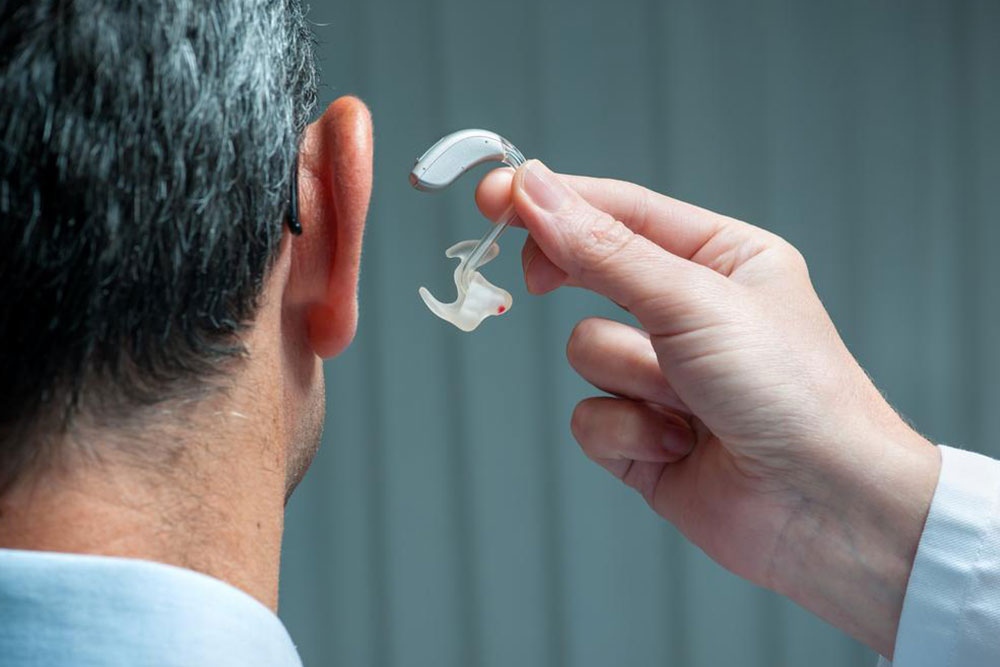Are invisible hearing aids right for you

This might come as a surprise, but the truth is that many senior citizens do not use a hearing aid just because they are scared about the stigma that is linked with using it.
There are also some people who do not use a hearing aid because it makes them look unfashionable.
This is when the invisible hearing aid comes into the picture. Today, many people are considering opting for invisible hearing aid over the traditional hearing aids. However, are invisible aids really what you need? Read this article to know the pros and the cons of using an invisible hearing aid.
The Pros of invisible hearing aids
They stay hidden
Invisible hearing aids are designed in such a way that they fit furthest down the ear canal, making them invisible. This means that you no longer must be conscious about using a hearing aid to hear better,
You get natural sound quality
This is because of the placement of these hearing aids. Invisible hearing aids fit deep inside the ear canals, which makes it easy for you to recognize the natural cues you get when the sounds interact with the shape of your ear. Also, because there are no wires or tubes involved, it is easy to identify the origin of the sound.
They save you from occlusion discomfort
Often, people who use hearing aids notice that after putting their hearing aids on, their own voice sounds loud or hollow to them. The hollow sound is due to the occlusion effect, wherein if your ears are covered then the low-pitch sound gets trapped between the drum and the hearing aid. In case of invisible hearing aid, the discomfort is a bare minimum as only the hearing aid is small, and it only covers a small portion of your ear.
The Cons of invisible hearing aids
They have a short battery life
Invisible hearing aids are small in size and so are the batteries that they run on. If you use invisible hearing aids, you will often find yourself replacing batteries and spending a lot on buying new batteries.
They are not for everyone
Invisible hearing aids only work if you have a mild or a moderate hearing loss. These hearing aids are so small that advanced features like powerful speakers or strong processing power cannot be added to them. Another thing to keep in mind is that if your ear canal is too narrow or not the right size, then you won’t be able to benefit from invisible hearing aid as they need to be placed deep inside the ear canal. Patients with vision-related issues might find the task of placing the hearing aid in the right area every single time difficult.
If you are still confused about which kind of hearing aid you should use, see an audiologist and discuss your hearing loss with him or her. Pick a hearing aid style that best suits your lifestyle and your medical requirement.



